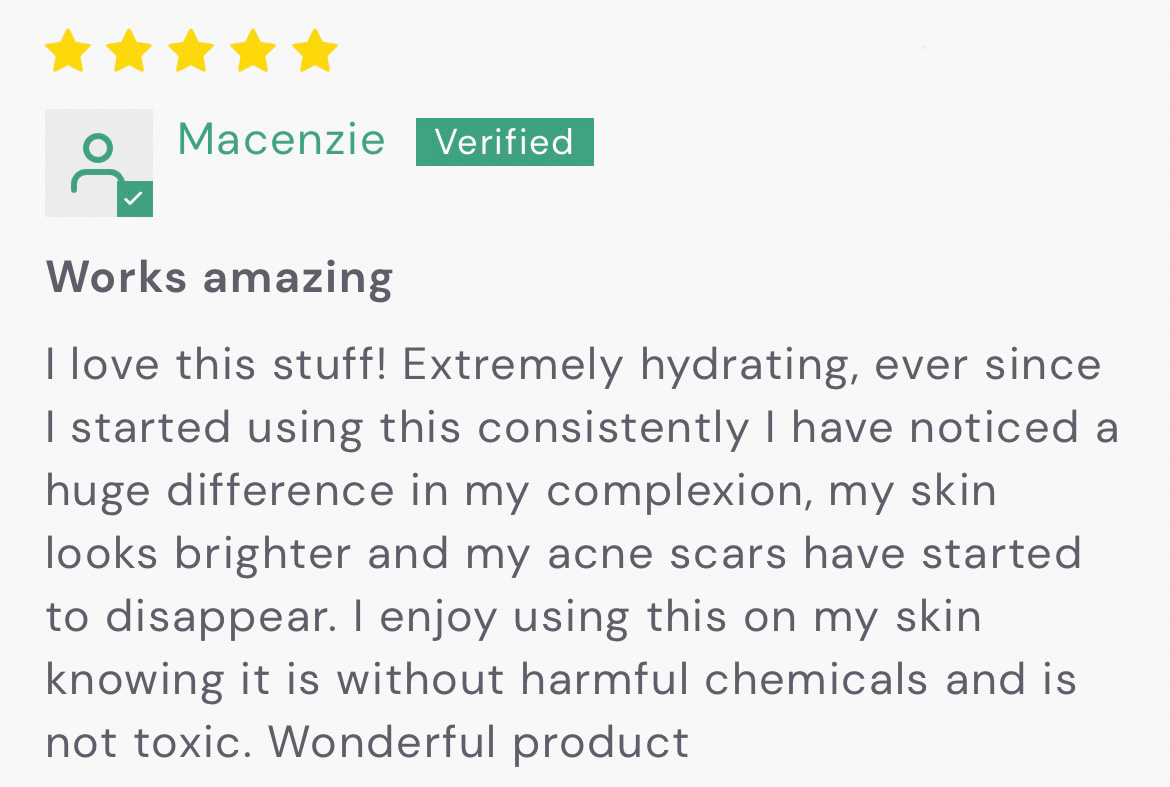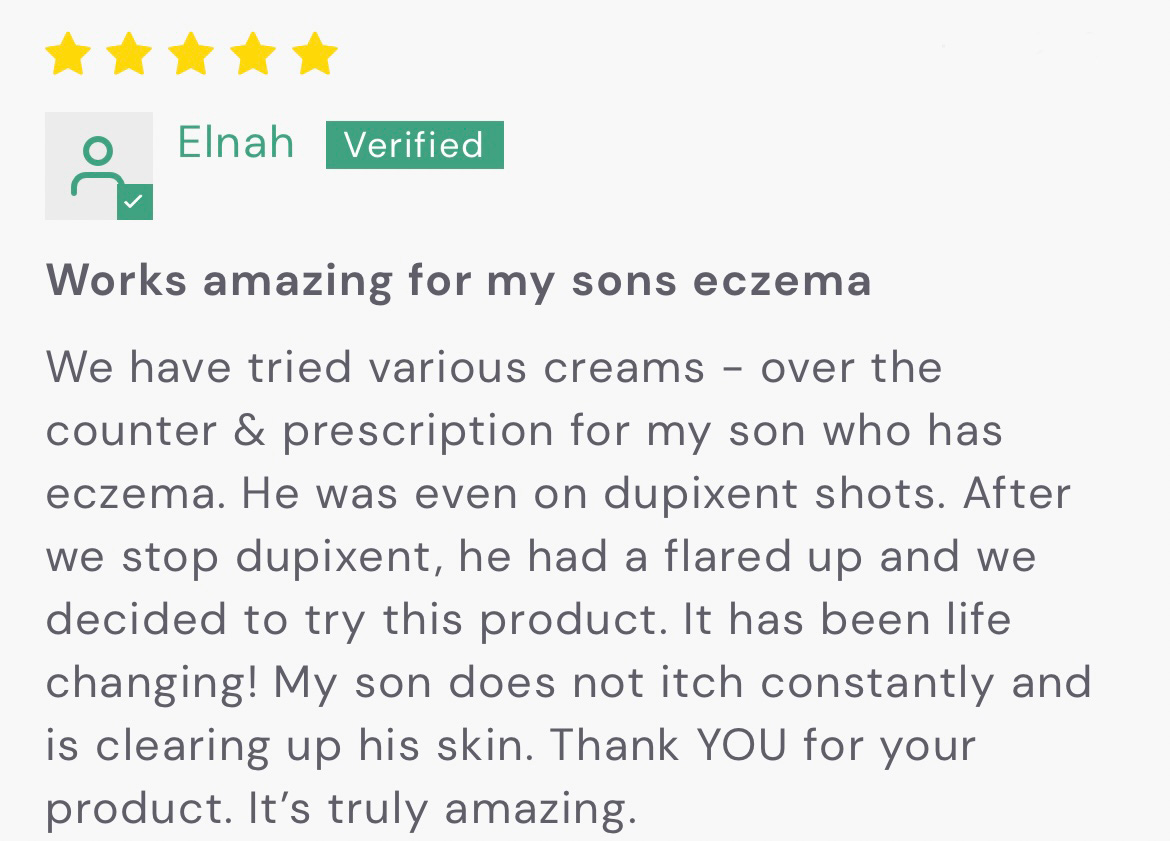Hello and welcome back to the Gubba podcast!
I’m Gubba, a first time homesteader following in the footsteps of my homesteading forbears. In this podcast I discuss prepping, homesteading, and everything in between. Today we’re tackling a topic that may change the way you look at every product in your bathroom cabinet: the dark truth about modern skincare and the incredible, overlooked power of tallow.
Daily, I am sharing my experience with tallow and also the reviews people are leaving on my tallow blends. I have my own skincare brand called Arvoti, and it has helped thousands of people leave the skincare Matrix and start nourishing their skin. Here are some recent reviews people have left:


If you are thinking of making the switch, now is the time. You will wish you had done it sooner especially after we dive into the truth on the cosmetic industry today.
The Scary Science Behind Modern Skincare
Let’s start with some hard facts. Did you know that the FDA doesn’t regulate cosmetics as rigorously as you’d expect?
Companies can include a cocktail of untested and unregulated ingredients in their products, many of which are absorbed directly into your bloodstream through your skin — your body’s largest organ.
According to a study published in Environmental Health Perspectives, the skin can absorb up to 60% of the chemicals it comes into contact with, depending on the compound and skin condition. This means that toxins from your skincare products can bypass your body’s natural detoxification systems and directly impact internal organs.
What are parabens?
Take parabens, for example. These preservatives are ubiquitous in moisturizers, shampoos, and even makeup. Parabens are known to mimic estrogen by binding to estrogen receptors in the body, which can potentially disrupt the endocrine system.
A notable study published in the Journal of Applied Toxicology found traces of parabens in 99% of breast tissue samples from women with breast cancer. While this doesn’t establish causation, it raises significant concerns about the cumulative exposure to parabens and their long-term health impacts. They’ve been linked to endocrine disruption, meaning they can interfere with your hormones.
What are phthalates?
Or consider phthalates, found in synthetic fragrances, which have been associated with reproductive harm and developmental issues in children. Did you know that phthalates are present in the urine of nearly every American tested for them?
And let’s not forget the hidden carcinogens, like formaldehyde-releasing agents, lurking in some of your “gentle” cleansers and lotions. Formaldehyde is a known carcinogen that can also trigger allergic reactions and respiratory issues.
When I started going down the health rabbit hole, The Wise Traditions podcast was pivotal for my health journey. It's produced by the Weston A. Price Foundation and focuses on food, farming, and the healing arts.
They touch on everything on that show from homesteading (a favorite topic of mine, too, of course) to alternatives to antibiotics to why you shouldn't believe most of what the mainstream media (or conventional medicine) has to say.
You can find the Wise Traditions podcast on Apple podcasts or any podcast app). I love it and I think you will, too! It truly helped wake me up to a lot of the nonsense we are facing today, like the skincare industry we are diving into right now.
Other toxic offenders include:
- Sodium Lauryl Sulfate (SLS) and Sodium Laureth Sulfate (SLES): These foaming agents are common in cleansers and shampoos. While they create that satisfying lather, they can strip your skin of its natural oils, causing dryness and irritation. Worse, they’re often contaminated with 1,4-dioxane, a known carcinogen.
- Triclosan: Frequently found in antibacterial soaps and toothpaste, triclosan has been linked to hormone disruption and the development of antibiotic-resistant bacteria. The FDA has even banned it from hand soaps, but it still lurks in other products.
- Polyethylene Glycols (PEGs): Used as thickeners and solvents, PEGs can be contaminated with ethylene oxide and 1,4-dioxane, both of which are carcinogenic. These chemicals can also increase your skin’s permeability, allowing other toxins to penetrate more deeply.
- Synthetic Fragrances: Often labeled simply as “fragrance,” these can contain hundreds of undisclosed chemicals. Many are allergens, hormone disruptors, or even neurotoxins. The lack of transparency here is particularly alarming.
- BHA and BHT (Butylated Hydroxyanisole and Butylated Hydroxytoluene): These synthetic antioxidants are used as preservatives in skincare products. They’re known to be endocrine disruptors and are suspected of being carcinogenic.
- Mineral Oil and Petroleum Derivatives: These byproducts of crude oil refining create a barrier on your skin, which can trap toxins and hinder your skin’s natural detoxification process. They’re often contaminated with polycyclic aromatic hydrocarbons (PAHs), which are linked to cancer.
- Retinyl Palmitate (Vitamin A Palmitate): Often included in anti-aging products, this ingredient can speed up the development of skin tumors and lesions when exposed to sunlight.
The scary part? These chemicals don’t just sit on the surface; your skin is permeable. Research shows that some compounds penetrate the dermis and end up in your bloodstream. From there, they’re distributed throughout your body, potentially impacting your liver, kidneys, and endocrine system.
Now, let me ask you this: Would you eat these chemicals? Probably not. So why put them on your skin?
Enter Tallow: A Time-Tested Wonder
Here’s where tallow comes in. Tallow, rendered fat from beef or lamb, might seem like an old-fashioned remedy, but it’s actually one of the most bio-compatible substances you can use on your skin.
Our ancestors used tallow for centuries to heal wounds, moisturize skin, and protect against harsh elements. It’s time we rediscovered its incredible potential.
Why Tallow Works with Your Skin, Not Against It
Tallow isn’t just a moisturizer; it’s a solution for a variety of skin ailments, thanks to its bio-compatible properties. People suffering from conditions like rosacea, eczema, psoriasis, acne, and even scars have found relief by using my tallow-based products. Here’s how tallow works its magic:
Eczema and Psoriasis: Tallow’s anti-inflammatory compounds, such as conjugated linoleic acid (CLA), help reduce the inflammation, redness, and irritation that characterize eczema and psoriasis. Its omega-3 and omega-6 fatty acids support the skin’s barrier, preventing moisture loss and soothing the skin. The saturated fats in tallow help restore hydration and promote skin barrier repair, while the vitamins A, D, E, and K2 support skin regeneration, immune regulation, and healing. Additionally, its mild antimicrobial properties help protect the skin from potential infections that can occur when the skin barrier is compromised.
Acne: Tallow’s non-comedogenic nature means it should not clog pores, and its antimicrobial properties help prevent the growth of acne-causing bacteria. The fatty acids in tallow help balance sebum production, ensuring the skin remains hydrated without becoming excessively oily, which is crucial for acne-prone skin.
Rosacea: The gentle, soothing qualities of tallow help to calm sensitive skin and reduce the inflammation and redness common with rosacea. Its omega-3 fatty acids and vitamin E contribute to skin healing and moisture retention, providing relief and reducing flare-ups.
Scars and Stretch Marks: Tallow’s high concentration of vitamins A and E promotes skin regeneration, improving skin elasticity and helping to fade scars. The saturated fats nourish and hydrate the skin, promoting the restoration of damaged tissue and reducing the appearance of stretch marks.
What are the benefits of tallow?
Tallow is the ultimate skincare product because it addresses the root causes of many skin issues: a damaged barrier, inflammation, and nutrient deficiencies. Unlike synthetic creams that temporarily mask problems, tallow nourishes the skin deeply, working with your body to heal and protect naturally.
Tallow is rich in skin-friendly nutrients that are missing from modern, chemical-laden moisturizers. Let’s break it down:
- Natural Lipid Profile: Tallow closely resembles the fatty acid composition of human skin. It’s loaded with oleic acid (an omega-9 fatty acid) and stearic acid, which help repair your skin barrier and lock in moisture.
- Vitamins A, D, E, and K: These fat-soluble vitamins are essential for skin health. Vitamin A promotes cell turnover, Vitamin E provides antioxidant protection, and Vitamins D and K support elasticity and healing.
- Anti-Inflammatory Properties: Unlike synthetic emollients, tallow contains natural anti-inflammatory compounds that can soothe conditions like eczema, psoriasis, and rosacea.
- Non-Comedogenic: Despite its richness, tallow is non-comedogenic for most people, meaning it won’t clog your pores.
The Role of Diet in Tallow Quality
But here’s the kicker: not all tallow is created equal. The nutrient profile of tallow is directly influenced by the diet and lifestyle of the animal it comes from. Grass-fed, pasture-raised cattle produce tallow that’s far superior to that of grain-fed, factory-farmed animals.
Why? Grass-fed tallow contains higher levels of conjugated linoleic acid (CLA), a compound with potent anti-inflammatory and anti-aging benefits. It also boasts more omega-3 fatty acids, which are crucial for reducing inflammation and promoting skin elasticity. In contrast, grain-fed tallow can be higher in omega-6 fatty acids, which in excess can contribute to inflammation.
How Tallow Nourishes and Protects Your Skin
When you apply tallow to your skin, you’re feeding it with the nutrients it craves. Tallow helps to:
- Rebuild the Skin Barrier: Its fatty acids replenish the natural oils in your skin, improving hydration and resilience.
- Protect Against Environmental Damage: The antioxidants in tallow neutralize free radicals caused by pollution.
Support Skin Healing: Its vitamins and anti-inflammatory properties speed up recovery from cuts, burns, and irritations. - Provide Long-Lasting Moisture: Unlike water-based creams, tallow doesn’t evaporate. It creates a breathable barrier that locks in hydration all day.
How to use tallow?
Our skin deserves better than the toxic cocktails the big skincare industry is selling us. By returning to simple, ancestral practices like using tallow, we can nourish our skin naturally, protect our health, and reject a corrupt system.
So next time you reach for a moisturizer, ask yourself: Is this product working with my skin, or against it?
And remember, when you choose tallow, you’re choosing to empower yourself with knowledge and nature.
Thank you for tuning in! If you found this episode enlightening, share it with someone who needs to hear the truth.
Don’t forget to subscribe, and I’ll catch you next week as we uncover more lies and bring you closer to authentic, healthy living.
